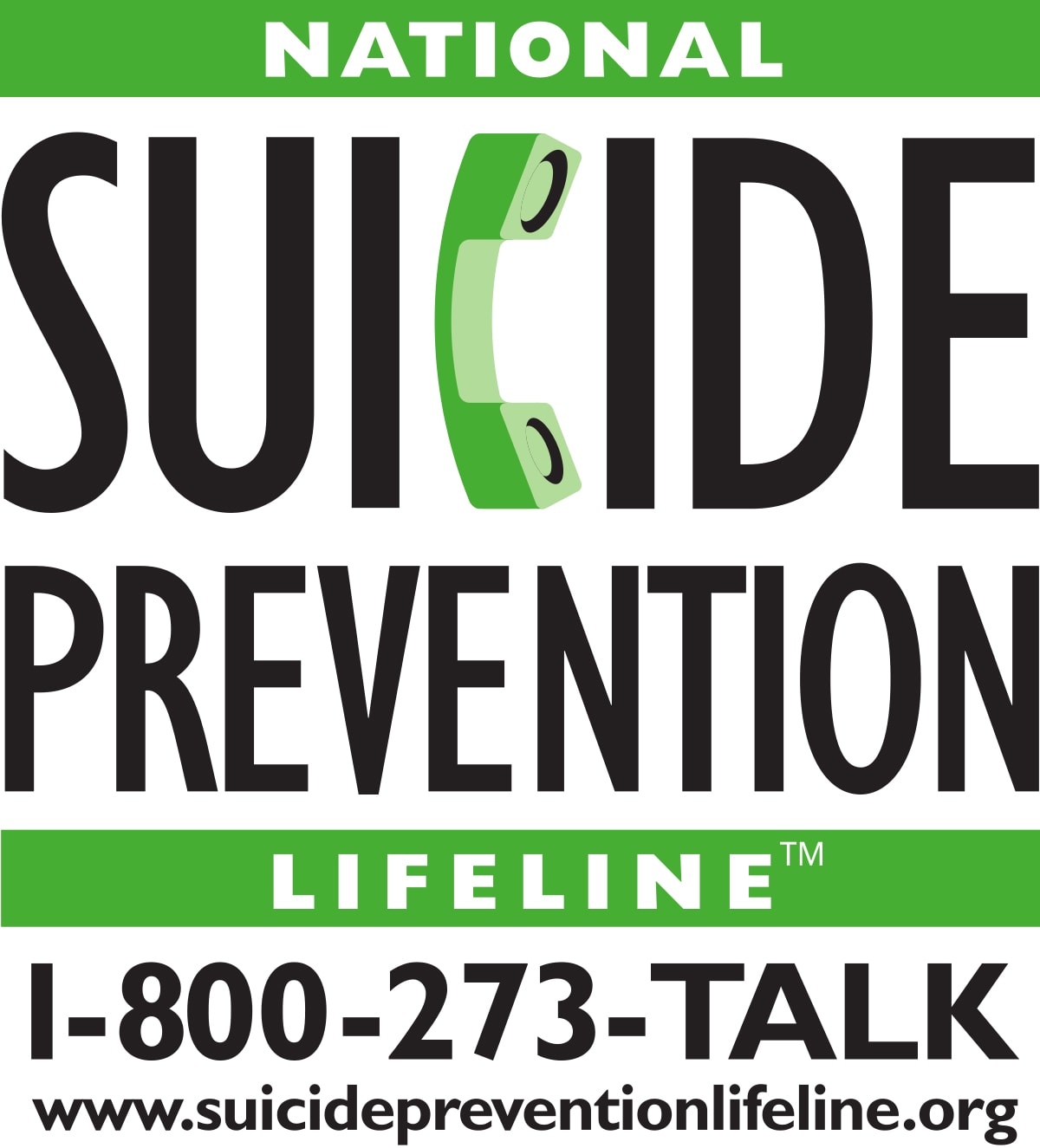93% of survey respondents from the construction sector agreed that addressing mental health at work is a sound business practice. Among Presidents, CEOs, and Owners, 77% agreed. Yet only 48% of CFOs and Finance leaders agree with the importance of prioritizing mental health at work.
By Darcy Gruttadaro, J.D., Director, Center for Workplace Mental Health, American Psychiatric Association Foundation

Our world is changing with many experiencing disruption and uncertainty. The trifecta of the global pandemic, racial and political tension, and economic instability has led to rising rates of people experiencing symptoms of anxiety and depression (CDC 2021). Many are experiencing excessive stress. The latest surveys show that more than half of workers are burned out (Threlkeld 2021).
This has not been lost on leaders across diverse industries who have moved mental health into a top-tier priority. They see valuable workers leaving in what’s being described as the “Great Resignation” or the “Great Reshuffling.”
Before COVID-19, construction industry leaders saw the importance of worker mental health and well-being through the lens of the industry ranking second highest in suicide rates among major industries (Peterson 2016). Leaders also increasingly recognize the role mental health plays in worksite safety, quality performance, productivity, recruitment, and retention.
We surveyed the construction industry – in collaboration with the Construction Financial Management Association (CFMA), CSDZ, and Holmes Murphy – to learn more about mental health experiences and resource needs during and beyond COVID-19. The survey focused on four key areas:
- Leadership Engagement;
- Raising Mental Health Awareness: Resources and Strategies;
- Creating a Mentally Healthy Organizational Culture; and
- Enhancing Access to Services and Supports.
Leadership Engagement
The survey findings offer a view into how leaders regard mental health issues with 45% of respondents working at the C-Suite level. There was broad consensus among all survey respondents, at 93%, that addressing mental health at work is a sound business practice. Among Presidents, CEOs, and Owners, 77% agreed with the importance of prioritizing mental health at work. While Presidents, CEOs, and Owners saw the importance of prioritizing mental health at work, CFOs and Finance leaders agreed at a significantly lower rate of 48%.
Leaders are well-positioned to make a difference when it comes to mental health and substance misuse conditions by following the three “Vs.”
- First, show a visible commitment to addressing mental health and acknowledge the importance of sound business practice.
- Second, be vocal in communicating care and concern for the well-being of workers and their families.
- Third, be vulnerable by sharing a personal connection or sponsoring a person with a connection to a mental health or substance misuse condition. Everyone knows someone and we all benefit from bringing these issues out of the shadows and into the light.

Raising Mental Health Awareness
Nearly all survey respondents, at 94%, saw the importance of sharing mental health resources with workers to raise awareness, reduce stigma, and encourage people to get help when it’s needed. Employee Assistance Programs (EAPs) and toolbox talks are the top two resources provided by respondents to workers, yet the top two resources identified as most helpful and offered at far lower rates were supervisor and employee mental health training.
When it comes to EAPs, many organizations offer them (63%), yet only 48% identified EAPs as a helpful resource for employees, with a rate even lower for CEOs, Presidents, and Owners (39%).
The most effective way to raise awareness is with a continuous stream of information and resources. This should consist of training; talks that include personal stories of recovery; newsletters; posters; crisis hotline information; and more. It’s best to avoid a one-and-done approach – showing a sustained commitment to mental health and well-being is the most effective.
Creating a Mentally Healthy Organizational Culture
Creating a caring culture has become a business imperative for all industries. This is especially true during and beyond this pandemic with people experiencing heightened levels of stress, anxiety, burnout, depression, and substance use. Only about half of survey respondents (51%) believe their organization has a caring culture.
Caring cultures exist where people feel a sense of connection and belonging while at work. Organizational culture starts at the top, with leaders playing a key role in helping workers feel valued and appreciated for their contributions at work. There is high ROI potential for leaders who communicate that the organization cares about the mental health and well-being of workers and sending the message that “it’s ok to not be ok” and stressing the need to connect with services and supports when needed.
The more that mental health is visible, especially when it’s seen coming from leadership, the more workers feel psychologically safe accessing care. Less than half of people experiencing a mental health condition receive care. We can close that gap by shifting organizational cultures.
Enhancing Access to Services and Supports
Often, an EAP is the first stop for people connecting with care for mental health and substance misuse conditions and the survey showed broad consensus around the potential benefits of EAPs. Yet, most respondents were either undecided or did not know if their organization saw a measurable impact from the EAP.
What prevents people from seeking help when needed for mental health or substance misuse conditions? Here are the top 4 reasons identified by respondents:
- Shame and stigma (78%);
- Fear of judgment by peers (77%);
- Fear of negative job consequences (55%); and
- Don’t know how to access care (46%).
With leadership engagement, higher visibility of mental health issues, and a caring organizational culture, it is essential to ensure people can access care. This is about developing strategies to remove barriers that too often stand in the way of connecting with support.
The U.S. construction industry has made real progress in tackling mental health and suicide prevention, yet clearly more is needed. You can access the full survey report here. There are many resources available for employers online that can help you start and/or further your mental health-related programs and resources. There is no time like the present to begin.

If you need to speak with someone, free and confidential support is available 24/7. Call 800-273-8255, or text HOME to 741741.

Darcy Gruttadaro is the Director of the Center for Workplace Mental Health. As Director, she works with her team to develop high-impact trainings, guides, resources, and case studies to support mentally healthy workplaces. The Center’s work includes working in consultation and collaborating with employers to raise awareness, create mentally healthy organizational cultures, and improve access to mental health services and supports. The Center works with organizations of all sizes, from Fortune 100 companies to small family-owned businesses, to create effective approaches to improve the mental health and well-being of employees and their families.
REFERENCES
Centers for Disease Control (CDC) 2021. “Data on People Experiencing Symptoms of Anxiety and Depression.” (Collected by CDC using a weekly pulse survey. Viewed: Oct. 11, 2021. https://www.cdc.gov/nchs/covid19/pulse/mental-health.htm.
Threlkeld, Kristy. 2021. “Employee Burnout Report: COVID-19’s Impact and 3 Strategies to Curb It.” Indeed, March 21. Viewed: Oct. 11, 2021. (March 2021). Accessed at https://www.indeed.com/lead/preventing-employee-burnout-report.
